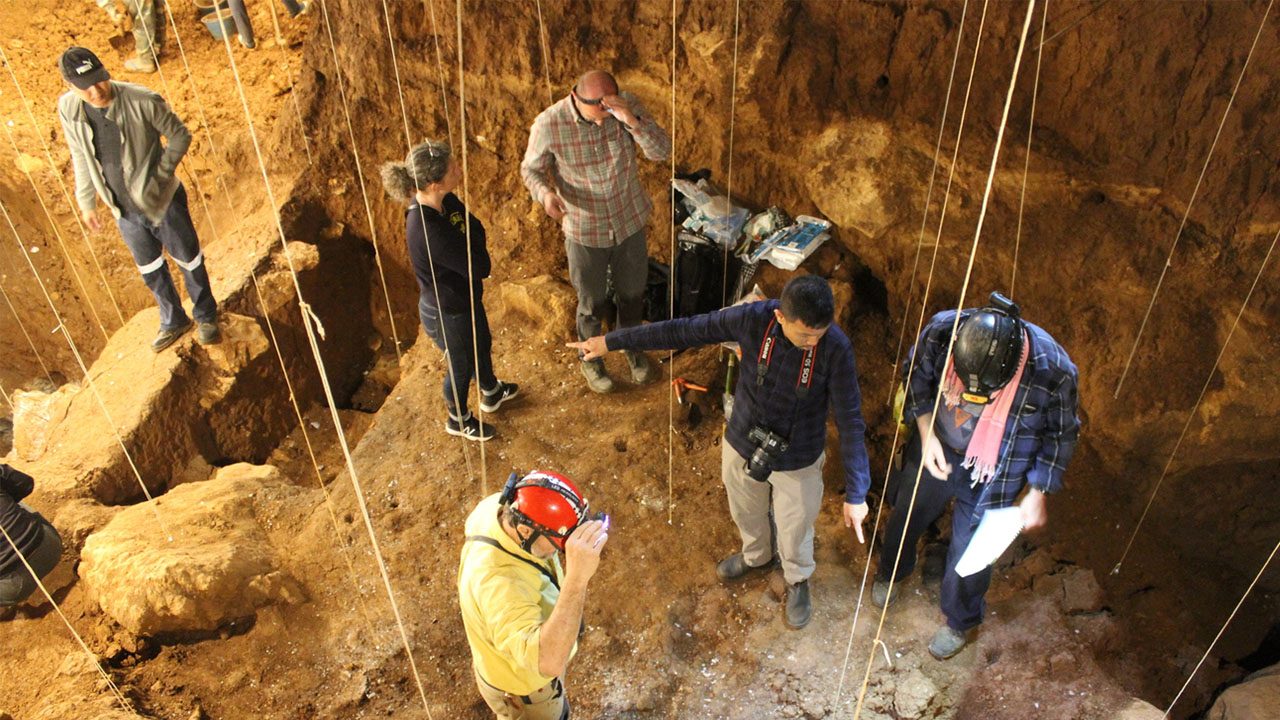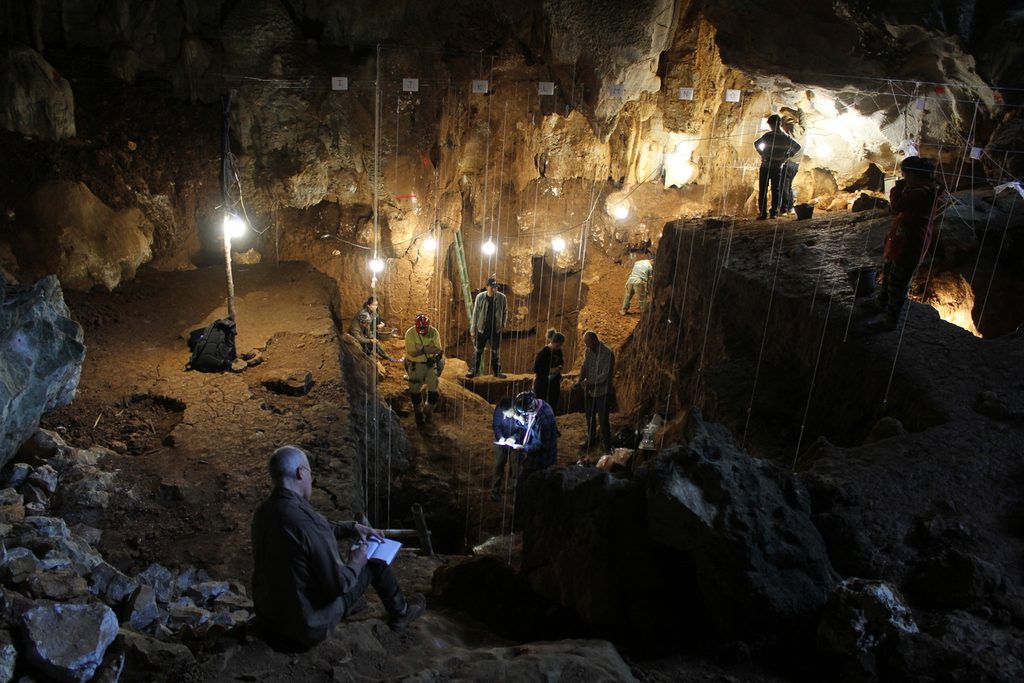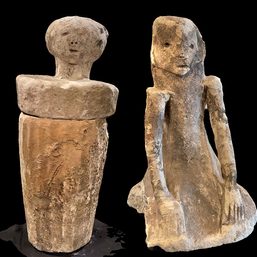SUMMARY
This is AI generated summarization, which may have errors. For context, always refer to the full article.

MANILA, Philippines – A Filipino archaeologist is part of the international team of scientists that found fossils and sediments in the Tam Pà Ling (Cave of Monkeys) in northern Laos – evidence that modern humans had been in Southeast Asia over 80,000 years ago.
Most evidence gathered on the presence of modern humans in South East Asea previously date back to 60,000 years ago. Analyses of the fossils suggest that the modern humans were part of an immigrant population.
Vito Hernandez, formerly from the University of the Philippines (UP) School of Archaeology and now working with the Flinders University Microarchaeology Laboratory in South Australia, said the findings help rewire public understanding of human history.
“This discovery is helping us better understand the distribution of our direct ancestors at a time when we know other populations of humans, now extinct, existed,” Hernandez said in a press statement released by the UP Diliman College of Science (UPD-CS) Science Communications office.
The study, published in scientific journal Nature, suggests that Southeast Asia is “an early human dispersal route.” It strengthens a previous discovery that now-extinct humans were present between 164,000 and 131,000 years in a cave located in the same mountain as Tam Pà Ling.
“Analyses of the fossils in Tam Pà Ling suggest that these early modern humans were part of an immigrant population, but whether their genetic line successfully survives in current populations is yet to be determined,” said Hernandez.

Why is this important?
Genetic and fossil evidence suggest modern humans originated from Africa and started migrating out of the continent between 60,000 to 90,000 years ago.
According to the team, “the number, timing, and routes of human dispersals out of Africa into Eurasia is intensely debated.”
Hernandez explained that human ancestors in Southeast Asia may have migrated earlier than what was previously thought.
“This proves that our human ancestors also traveled along forests and river valleys apart from following islands and coastlines as they moved eastward to Australia, where they are controversially thought to have migrated as early as 65,000 years ago,” he said.

Human evolution is an ongoing study that has fascinated many scientists, academics, and the general public. Establishing timelines and migration routes help make sense of human history.
Hernandez said working together with other scientific fields would help create a bigger picture.
“A very close collaboration between the Earth and Human sciences is necessary if we are to achieve a more complete picture of how humans evolved and settled into different parts of the world,” he said.
Hernandez, who obtained his Master of Science and taught undergraduate classes in Archaeology at UPD, said he hopes to return to the Philippines after his research work in Australia “and contribute to making our science serve Philippine society.” – Rappler.com
Add a comment
How does this make you feel?
![[The Slingshot] No, no, no, National Museum! The Boljoon artifacts do not belong to you!](https://www.rappler.com/tachyon/2024/02/tl-boljoon-artifacts-nat-museum-02242024.jpg?resize=257%2C257&crop=270px%2C0px%2C720px%2C720px)
![[Time Trowel] From the apes to adobo](https://www.rappler.com/tachyon/2024/01/20240201-TL-evolution.jpg?resize=257%2C257&crop=262px%2C0px%2C720px%2C720px)

![[Time Trowel] From ancient artifacts to today’s trash: Debunking misconceptions about archaeology](https://www.rappler.com/tachyon/2024/01/archaeology-hny-january-essay.jpg?resize=257%2C257&crop=292px%2C0px%2C720px%2C720px)
There are no comments yet. Add your comment to start the conversation.